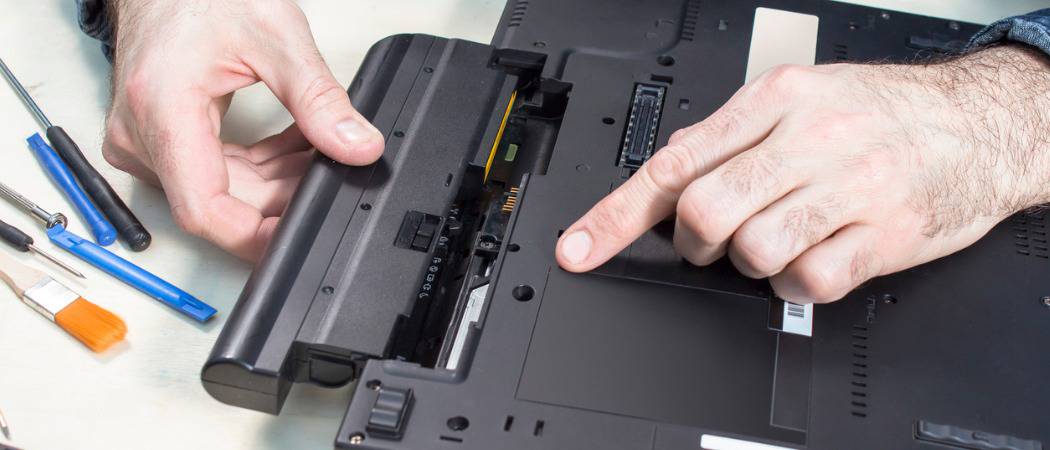How to Tell if Laptop Battery or charger is Bad? Here’s an example of one of the most common questions panicking laptop owners ask upon discovering that their devices are not charging.
This is a basic issue or problem that can be sorted out with a few simple troubleshooting steps. If your laptop is not running and you want to figure out whether it is caused by a bad battery or a defective charger, you have two options.
The first is to consult a professional for help, but this option will shed a few bucks from your pocket for a fee, not to mention that you will have to buy a new replacement part. The other option is to troubleshoot your device, which is free.
To identify the real culprit and verify what’s causing the issue. Take out the battery of your device and plug it into a power source. If the laptop turns, the culprit is your laptop battery. Otherwise, the issue is due to a defective charger.
In a lot of cases like this, the issue is due to a bad battery, especially if the device is old. Laptop batteries are designed and built to have a specific number of charging cycles, and when they reach that specific number, that’s it for them.

Laptop performance and a healthy battery go hand to hand, so it's a good idea to monitor your laptop's battery health. Laptop batteries can fizzle, or over the long run can lose their capacity to hold a charger. If your Laptop suddenly quits coordinating, you can normally decide whether the battery is causing the issue by removing it from its bay. (on the base or side of the Laptop) and running the Laptop from the adapter only. If the batteryless laptop runs properly when connected to the adapter, the battery has most likely kicked the bucket, shuffled off its mortal coil, and otherwise become defunct. You can additionally test this hypothesis by subbing a battery that you know is working great from another laptop of a similar model. You might have the option to acquire a collaborator's battery or take the laptop to a helpful retailer's maintenance counter. You can know whether the charger is bad by taking a gander at the charging markers on the laptop. Additionally, you can distinguish a flawed battery by running software or when the laptop starts just when the charger is associated. There is not a lot that should be possible on the battery as far as repairs.
People mostly ask this kind of questions:
• How do I know if I need a new laptop charger?
• Can a laptop charger go bad?
• Why is my laptop not charging when turned on?
To confirm the main problem, you should remove your battery and plug in the charger. On the off chance that it can allow your laptop to run that implies your adapter is alright. And you need another battery, if there is no power, you should buy another charger.
It is an issue with the battery or power connector. Additionally, if your force connectors can't give adequate capacity to the laptop to run + Charge the battery then this could emerge. On the off chance that you are utilizing the right charger for your laptop, the battery is certainly an issue.
This is a feature of Windows.

If your laptop works fine while plugged in but stops working after it's unplugged, your laptop battery is bad, or your laptop is not charging the battery. Below are steps that can be taken to help identify what's causing this issue.
1. Connect the laptop directly to the wall.
If you are using a power strip, surge protector, or UPS (uninterruptible power supply), disconnect the laptop from it and plug it directly into the wall. In some cases, the power strip or other devices may be bad and prevent the battery from being charged.
2. Remove and reconnect the battery.
Use a third-party battery utility to determine the total capacity of the battery. For example, Battery Care is a free software utility capable of doing this.
Refresh battery Some laptop manufacturers have a feature in BIOS setup to refresh the battery. Try this option if it's available for your computer.
There are two fundamental kinds of batteries utilized in workstations: lithium-particle and lithium-polymer. Even though they are various advancements they work in
extensively in a similar manner, producing power through the development of electrons.
A battery cannot be overcharged. There is no risk of overcharging a battery in the case that you leave it connected to the charger all the time. When it hits 100% it will stop charging and will not begin again until the voltage falls under a specific level.
Completely releasing a battery will harm it. Permitting the battery to turn out to be empty for an all-encompassing period can place it into a profound release state. This can be fatal, you may always be unable to charge it once more. (You can attempt these experiments with a dead laptop battery.)
Purchasing the Right Battery Replacement for Your Laptop
After troubleshooting your device and identifying the culprit that causes it not to charge, and discovered that it is the battery. The next thing to do is to purchase the replacement battery pack for your unit.
About How to Find What Battery My Laptop Has? and how to purchase a correct battery, you can view this article.